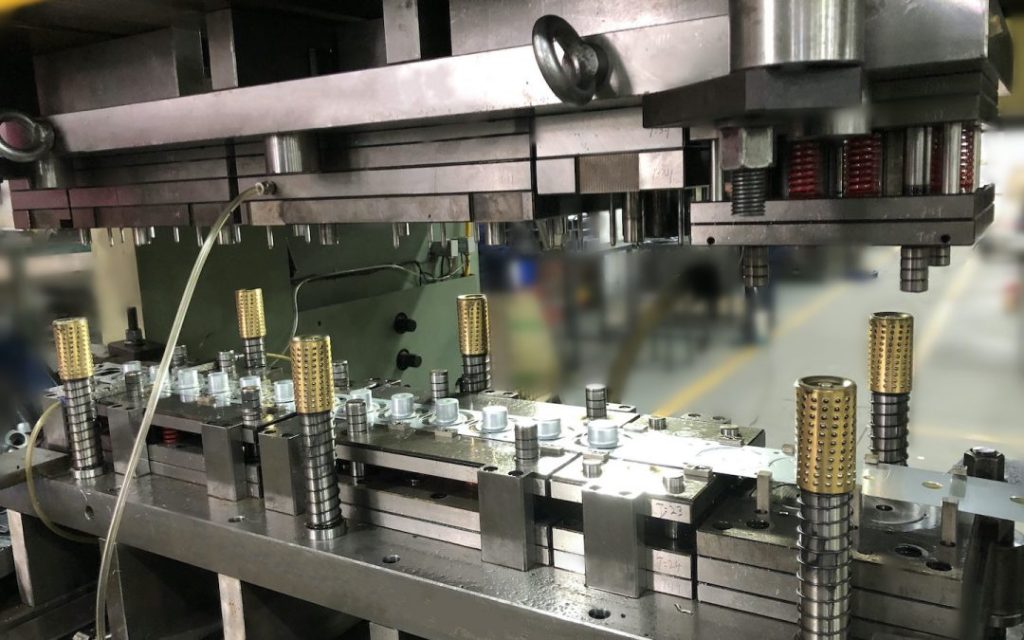Unlocking the Versatility of Wrenches: A Comprehensive Guide
Wrenches are indispensable tools in the world of mechanics, offering a versatile solution to fastening and loosening nuts, bolts, and various other threaded parts. From household repairs to industrial applications, these tools come in various shapes and sizes, catering to a wide array of needs. In this guide, we’ll delve into the world of wrenches, exploring their applications, functionalities, and relevance, including a discussion on their role within geocomposite manufacturing.

What are the different types of wrenches available and their specific uses?
Wrenches come in a multitude of types, each designed for particular tasks. Some common varieties include adjustable wrenches, socket wrenches, combination wrenches, and torque wrenches. Adjustable wrenches are versatile, with an adjustable jaw, making them suitable for various bolt sizes. Socket wrenches, on the other hand, use sockets of different sizes, enabling efficient handling of bolts in tight spaces. Combination wrenches offer a mix of an open-end and a box-end, while torque wrenches ensure precise tightening with a predetermined torque level.
What are the primary applications of wrenches?
Wrenches find applications in numerous industries and settings. From automotive repair shops to construction sites, and even household maintenance, wrenches are indispensable. In manufacturing, they’re used in assembling machinery, while in plumbing, they assist in fixing and maintaining pipelines. Additionally, wrenches are crucial in the assembly and maintenance of various mechanical systems across industries.
How do wrenches contribute to the geocomposite manufacturing process?
Geocomposites, used extensively in civil engineering for soil stabilization, drainage, and environmental protection, rely on precise assembly and installation. Wrenches play a pivotal role in the manufacturing of geocomposites by aiding in the assembly of machinery used in the production process. From tightening components to ensuring proper alignment, wrenches are vital in maintaining the quality and efficiency of geocomposite manufacturing equipment.
What are some best practices for using wrenches safely and effectively?
To ensure safe and effective usage, it’s crucial to select the right wrench for the job. Always use the correct size and type of wrench to avoid damaging both the wrench and the fastener. Additionally, inspect the wrench for damage or wear before using it. Apply force steadily and ensure the wrench is correctly positioned to prevent slippage, reducing the risk of injury and damage to the fastening mechanism.

Applications and Geocomposite Relevance:
Apart from their standard applications in automotive, construction, and household maintenance, wrenches play a pivotal role in the production processes of geocomposites. Geocomposites, often comprising various layers of geotextiles, geomembranes, and drainage materials, require precision machinery for assembly. Wrenches are instrumental in ensuring these machines are assembled accurately, maintaining the quality and integrity of the geocomposite products.
In conclusion, wrenches are indispensable tools across multiple sectors, offering flexibility and reliability in fastening tasks. Their significance in geocomposite manufacturing further underscores their versatility and importance in specialized industrial applications, contributing to the advancement of infrastructure and environmental engineering.
Whether you’re tightening a bolt on a vehicle or contributing to the production of geocomposites, the right wrench remains an essential tool, unlocking solutions across diverse domains.





